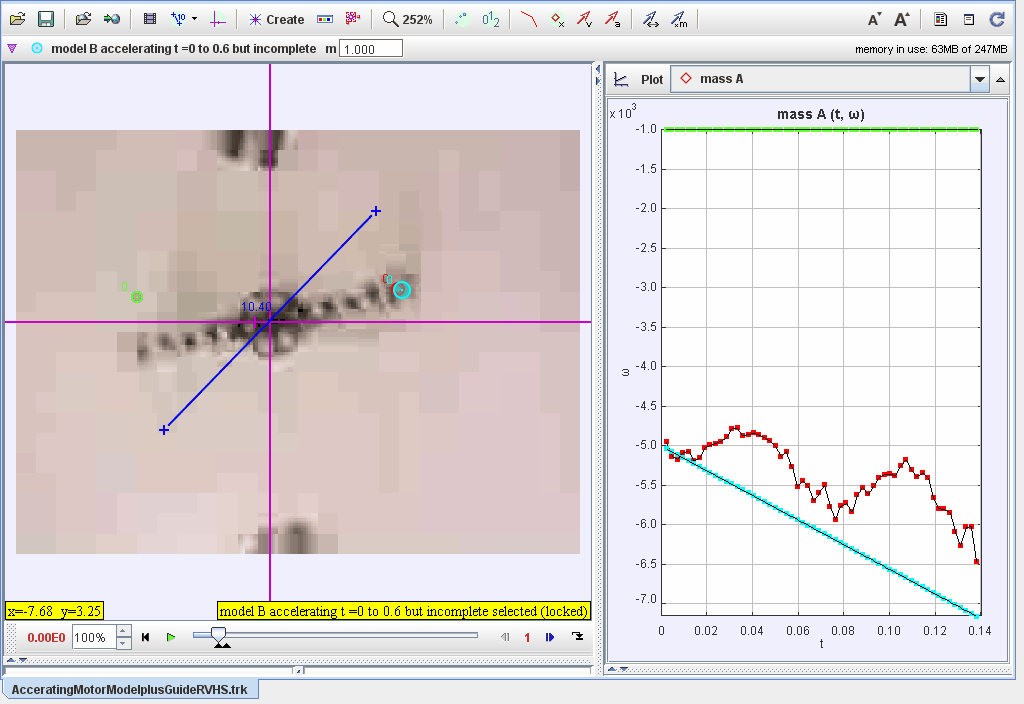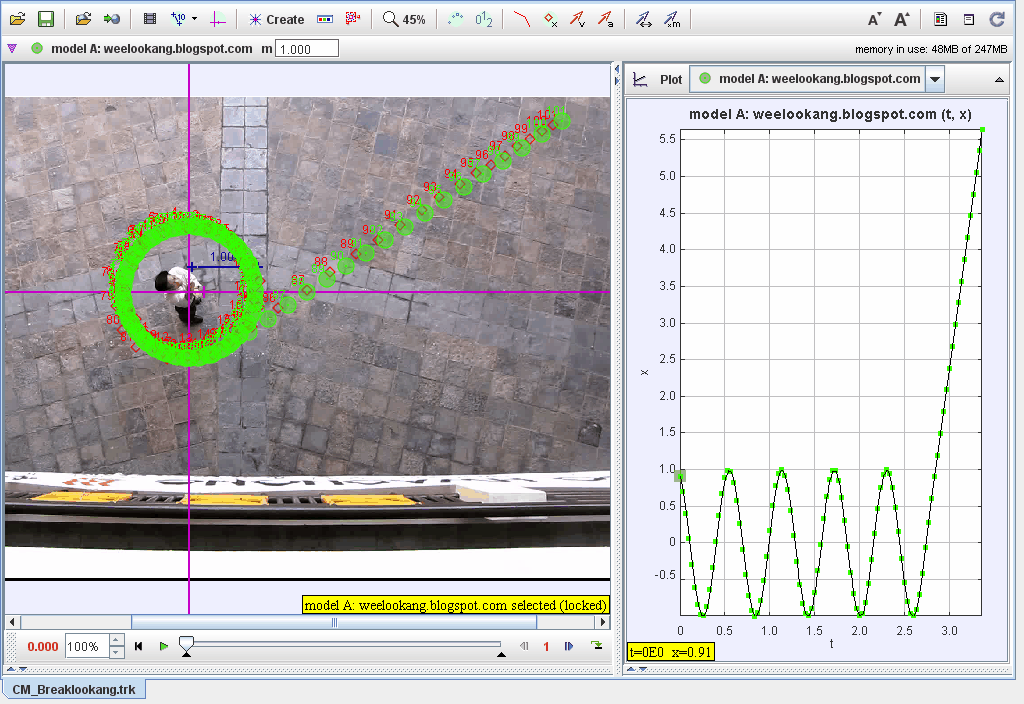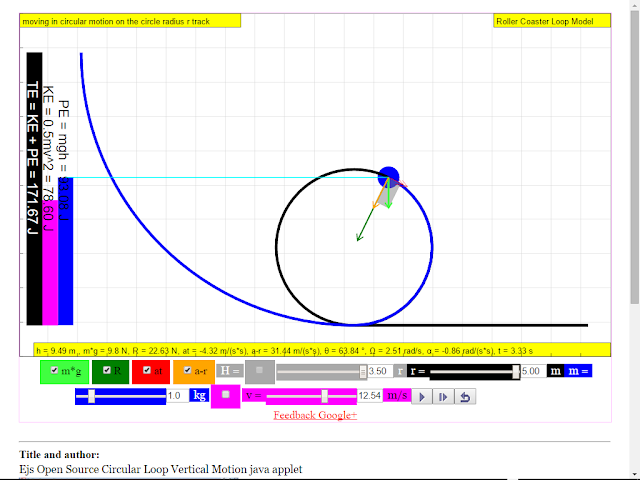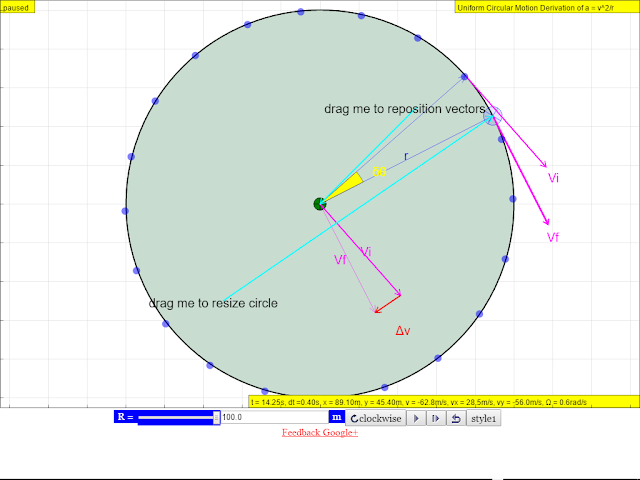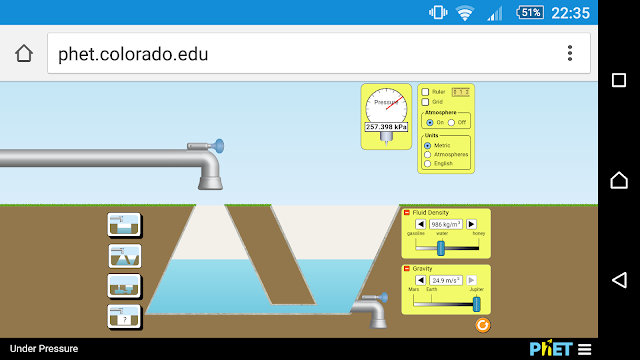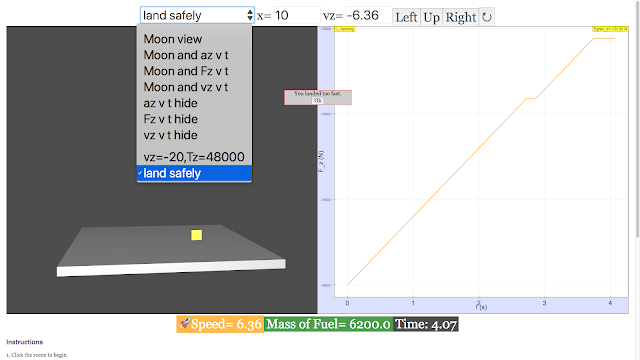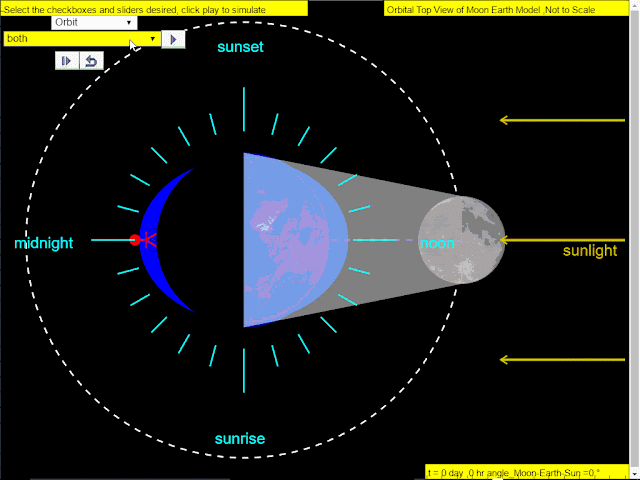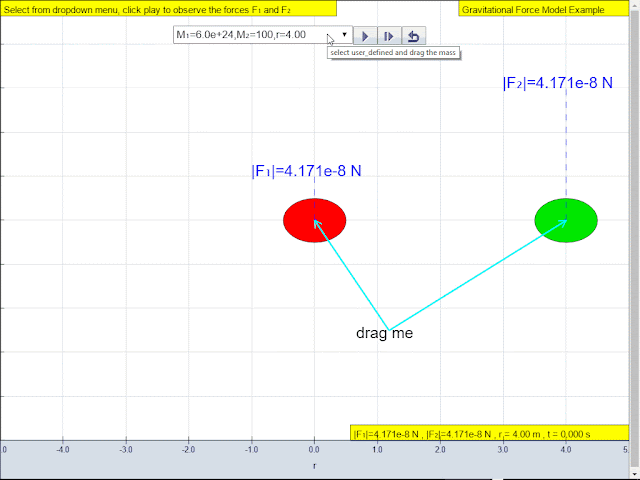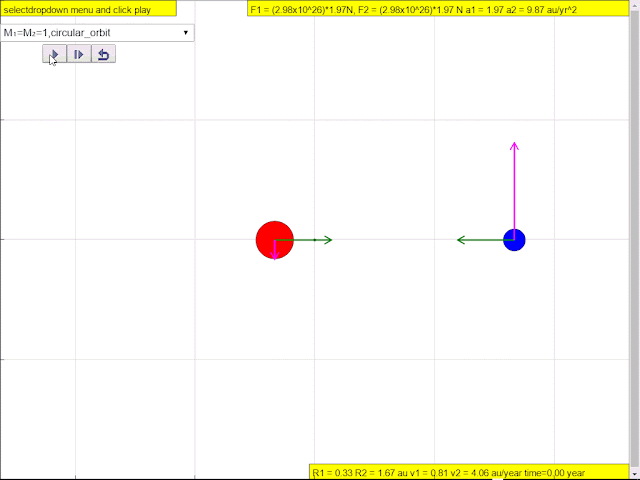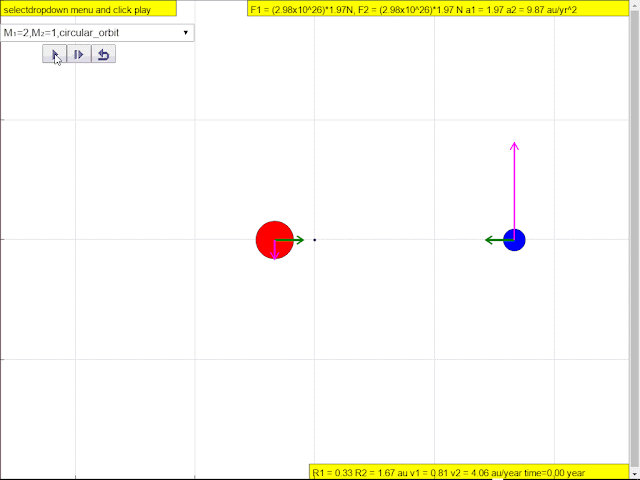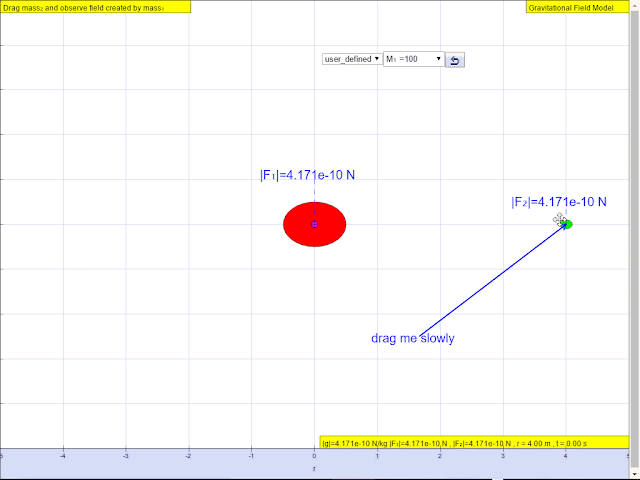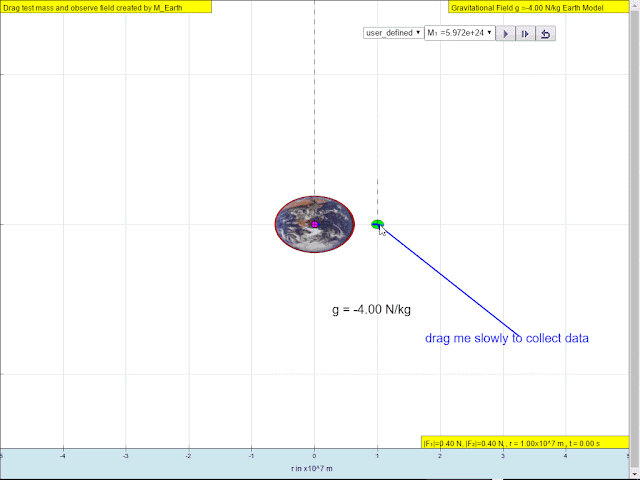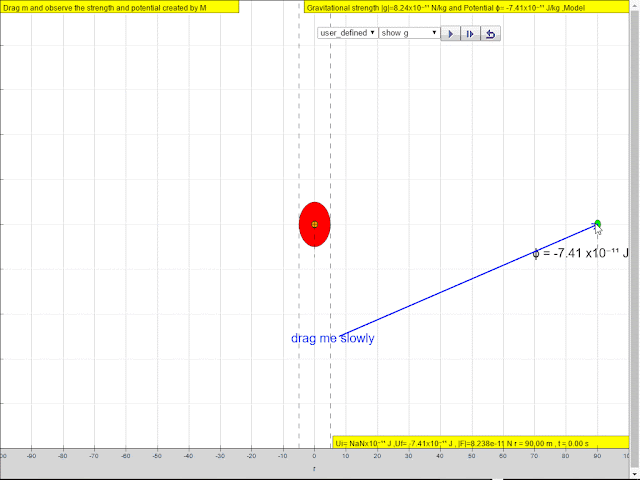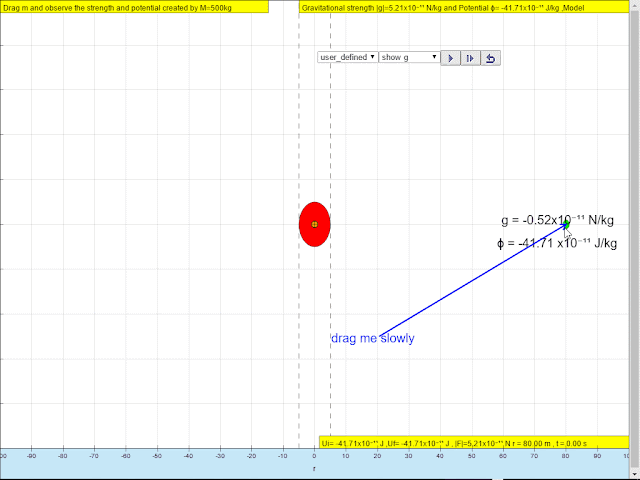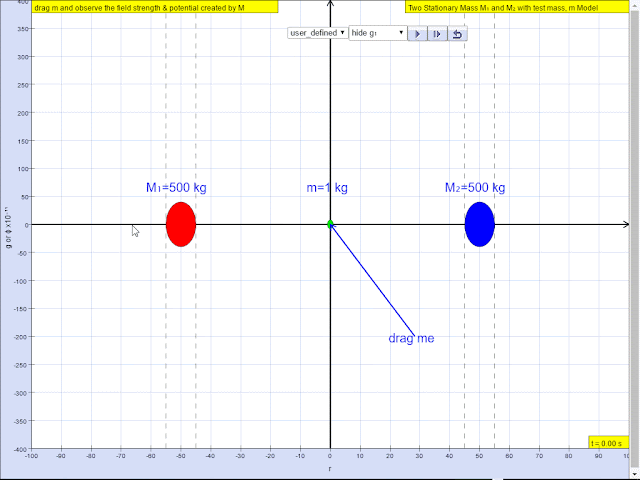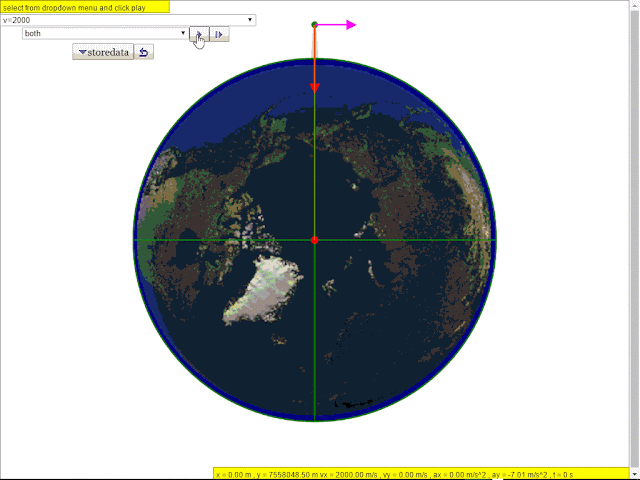Breadcrumbs
02 Newtonian Mechanics
Mechanics. Each topic in mechanics is built around real-world contexts to deepen learners’ understanding of motion, forces, and energy. Learners will sharpen their quantitative and analytical skills as they bridge real-world observations and theory by conducting investigations and experiments to study the mechanics of systems. Think about how gravity affects the vertical motion but not the horizontal motion of a thrown ball. In collisions, careful consideration of before and after allows us to model and extract information about the dramatic and short-lived impact event. Why does Earth maintain a circular orbit around the Sun? Is there acceleration when moving with constant speed? In H2 Physics, learners encounter oscillatory perturbations from stable equilibrium, which also recalls the regularity and pattern of circular motion. In H3 Physics, learners unlock possibilities for modelling rigid bodies by realising the analogy between translational and rotational motion.
Within the framework of classical Newtonian mechanics, forces are but one-half of the story. The complementary lens of energy is like adding audio to video – it might technically be possible to figure out what happens without the sound but it is so much more pleasant with audio on. In many cases, analysing energy rather than forces is simpler because energy is a scalar while force is a vector – and in some cases the energy analysis paints a good picture of what we are interested to know about the system.
Organising the topics in this manner, as opposed to having physics concepts presented in the all-familiar kinematics-dynamics-forces-moments sequence, has its own advantage; students can first establish a strong understanding in static mechanics. Through these topics, students learn to describe how things move. This lays a good foundation for them to then explore why things move the way they do (i.e. dynamics), or extend their learning to 2-dimensional kinematics (i.e. projectile motion in Chapter 5).
Big Ideas 0 Computer Models use reasonable approximations to simplify real-world phenomena in order to arrive at useful ways to explain or analyse systems 1. The study of motion involves first studying an idealized system in which complicating factors (like friction) are absent and then transferring this understanding to a real physical process. Analysis of the motion of an object is performed using free-body and vector diagrams, graphical analysis as well as mathematical formulae. 2. There are four fundamental forces in nature: gravitational and electromagnetic forces (which are responsible for our everyday experiences) and strong nuclear and weak forces (which operate only at the sub-atomic scale). Gravitational force (a very weak attractive force between two masses) is very long range and is responsible for the interaction between celestial objects in the Universe as well as the Earth’s gravitational pull on us. Electromagnetic force (a very strong force between two charged objects) is very short range and is responsible for all inter-atomic forces of attraction and repulsion e.g. electrostatic forces, contact forces (normal force, friction, fluid resistance) and magnetic forces. 3. When any two bodies in the Universe interact, they can exchange energy. The law of conservation of energy states that in any closed system (including the Universe), the total quantity of energy remains fixed - energy is transferred from one form to another but none is lost or gained. Many forms of energy can be considered to be either kinetic (motion) energy or potential (stored) energy.4. Newton’s three laws of motion and his law of universal gravitation have been successfully applied to explain and predict the motion of terrestrial and celestial objects. Newton’s laws further show that it is possible to express natural phenomena in terms of a few special rules or laws that can be expressed in mathematical formulae. 5. When any two bodies in the Universe interact, they can exchange momentum. The law of conservation of momentum states that in any closed system (including the Universe) the total quantity of momentum is invariant - momentum can be transferred from one body to another (by an impulse) but none is lost or gained. 6. Many kinds of motion in nature are periodic motions or oscillations. The ideas from a type of oscillation known as simple harmonic motion is applied to explain many physical situations such as waves, sound, alternating electric currents, and light.
- Details
- Written by Shaun
- Parent Category: Physics
- Category: 02 Newtonian Mechanics
- Hits: 4613
Read more: Newton's Law of Motion 2021 JavaScript HTML5 Applet Simulation Model
- Details
- Written by Coco Lee
- Parent Category: Physics
- Category: 02 Newtonian Mechanics
- Hits: 3313
Read more: Horizontal spring dynamics HTML5 Applet Javascript
- Details
- Written by Coco Lee
- Parent Category: Physics
- Category: 02 Newtonian Mechanics
- Hits: 2789
Read more: Horizontal spring energy graph HTML5 Applet Javascript
- Details
- Written by Jonathan
- Parent Category: Physics
- Category: 02 Newtonian Mechanics
- Hits: 3707
Read more: Is it better to walk or run in the rain JavaScript HTML5 Applet Simulation Model
- Details
- Written by Jonathan
- Parent Category: 02 Newtonian Mechanics
- Category: 03 Mass Weight Density
- Hits: 6078
Read more: Archimedes weight of cube JavaScript Simulation Applet HTML 5
- Details
- Written by Fremont
- Parent Category: 02 Newtonian Mechanics
- Category: 03 Mass Weight Density
- Hits: 8027
Read more: Buoyancy Force on Mass JavaScript Simulation Applet HTML5
- Details
- Written by Loo Kang Wee
- Parent Category: 02 Newtonian Mechanics
- Category: 03 Mass Weight Density
- Hits: 7227
- Details
- Written by Wei Chiong
- Parent Category: 02 Newtonian Mechanics
- Category: 05 Circle
- Hits: 6354
Read more: Connection Between Circular Motion and Harmonic Motion JavaScript Simulation Applet HTML5
- Details
- Parent Category: 02 Newtonian Mechanics
- Category: 05 Circle
- Hits: 4694
- Details
- Parent Category: 02 Newtonian Mechanics
- Category: 05 Circle
- Hits: 5991
- Details
- Parent Category: 02 Newtonian Mechanics
- Category: 05 Circle
- Hits: 7831
Read more: Tracker Modeling in Uniform Circular Motion of Fan
- Details
- Written by Loo Kang Wee
- Parent Category: 02 Newtonian Mechanics
- Category: 05 Circle
- Hits: 9375
Read more: Ferris Vertical Circular Wheel JavaScript HTML5 Applet Simulation Model
- Details
- Written by Loo Kang Wee
- Parent Category: 02 Newtonian Mechanics
- Category: 05 Circle
- Hits: 13479
- Details
- Written by Loo Kang Wee
- Parent Category: 02 Newtonian Mechanics
- Category: 05 Circle
- Hits: 8289
Read more: Uniform Circular Motion Derivation of a = v^2/r Model
- Details
- Written by Loo Kang Wee
- Parent Category: 02 Newtonian Mechanics
- Category: 05 Circle
- Hits: 8789
Read more: Horizontal 3D Circular Motion of Mass on a Table JavaScript WebGL Model
- Details
- Written by Jonathan
- Parent Category: 02 Newtonian Mechanics
- Category: 06 Pressure
- Hits: 3188
Read more: Buoyancy JavaScript HTML5 Applet Simulation Model
- Details
- Written by Wei Chiong
- Parent Category: 02 Newtonian Mechanics
- Category: 06 Pressure
- Hits: 6385
Read more: Hot Air Balloon JavaScript Simulation Applet HTML5
- Details
- Written by Fremont
- Parent Category: 02 Newtonian Mechanics
- Category: 06 Pressure
- Hits: 3838
Read more: Green Cube Floating in 2 Fluids Simulator JavaScript Simulation Applet HTML5
- Details
- Written by Fremont
- Parent Category: 02 Newtonian Mechanics
- Category: 06 Pressure
- Hits: 4312
Read more: Float or Sink with Pressure Visualization Simulator JavaScript Simulation Applet HTML5
- Details
- Written by Fremont
- Parent Category: 02 Newtonian Mechanics
- Category: 06 Pressure
- Hits: 4380
Read more: Buoyancy Level JavaScript Simulation Applet HTML5
- Details
- Written by Fremont
- Parent Category: 02 Newtonian Mechanics
- Category: 06 Pressure
- Hits: 7591
Read more: Pressure in a Fluid Simulator JavaScript Simulation Applet HTML5
- Details
- Written by Fremont
- Parent Category: 02 Newtonian Mechanics
- Category: 06 Pressure
- Hits: 3857
Read more: Three Different Liquids in Pipe JavaScript Simulation Applet HTML5
- Details
- Written by Fremont
- Parent Category: 02 Newtonian Mechanics
- Category: 06 Pressure
- Hits: 3827
Read more: Comparison of 2 Cartesian Divers JavaScript Simulation Applet HTML5
- Details
- Written by Fremont
- Parent Category: 02 Newtonian Mechanics
- Category: 06 Pressure
- Hits: 5566
Read more: Cartesian Diver Simulator JavaScript Simulation Applet HTML5
- Details
- Written by Fremont
- Parent Category: 02 Newtonian Mechanics
- Category: 06 Pressure
- Hits: 4557
Read more: Floating Block Stability Simulator JavaScript Simulation Applet HTML5
- Details
- Written by Fremont
- Parent Category: 02 Newtonian Mechanics
- Category: 06 Pressure
- Hits: 5600
Read more: Float Or Sink Simulator JavaScript Simulation Applet HTML5
- Details
- Written by Fremont
- Parent Category: 02 Newtonian Mechanics
- Category: 06 Pressure
- Hits: 3344
Read more: A Baffling Balloon Behavior JavaScript Simulation Applet HTML 5
- Details
- Written by Loo Kang Wee
- Parent Category: 02 Newtonian Mechanics
- Category: 06 Pressure
- Hits: 8774
- Details
- Written by Z. Darren Tan
- Parent Category: 02 Newtonian Mechanics
- Category: 08 Gravity
- Hits: 2985
Read more: Two body Newtonian Gravitation Motion HTML5 JavaScript Simulation by Darren Z Tan
- Details
- Written by Loo Kang Wee
- Parent Category: 02 Newtonian Mechanics
- Category: 08 Gravity
- Hits: 3434
Read more: Angry Bird Tracker activity to determine mass of planet
- Details
- Written by Fremont
- Parent Category: 02 Newtonian Mechanics
- Category: 08 Gravity
- Hits: 5795
Read more: PICUP Real World Data NASA Travelling to Mars JavaScript Simulation Applet HTML5
- Details
- Written by Fremont
- Parent Category: 02 Newtonian Mechanics
- Category: 08 Gravity
- Hits: 7859
Read more: PICUP Lunar Lander Game JavaScript Simulation Applet HTML5
- Details
- Written by Fremont
- Parent Category: 02 Newtonian Mechanics
- Category: 08 Gravity
- Hits: 4153
Read more: Periodic Orbits JavaScript Simulation Applet HTML5
- Details
- Written by Loo Kang Wee
- Parent Category: 02 Newtonian Mechanics
- Category: 08 Gravity
- Hits: 17294
- Details
- Written by Loo Kang Wee
- Parent Category: 02 Newtonian Mechanics
- Category: 08 Gravity
- Hits: 16970
Read more: 7 Moon Phases with Sea Tides JavaScript HTML5 Applet Simulation Model
- Details
- Written by Loo Kang Wee
- Parent Category: 02 Newtonian Mechanics
- Category: 08 Gravity
- Hits: 11764
Read more: 7.1 Gravity Force (Basic) JavaScript HTML5 Applet Simulation Model
- Details
- Written by Loo Kang Wee
- Parent Category: 02 Newtonian Mechanics
- Category: 08 Gravity
- Hits: 6792
Read more: 7.1.3 Gravity Model Example JavaScript HTML5 Applet Simulation Model
- Details
- Written by Loo Kang Wee
- Parent Category: 02 Newtonian Mechanics
- Category: 08 Gravity
- Hits: 7931
Read more: 7.1.4 (N84/P2/Q7) Binary Stars JavaScript HTML5 Applet Simulation Model
- Details
- Written by Loo Kang Wee
- Parent Category: 02 Newtonian Mechanics
- Category: 08 Gravity
- Hits: 7607
Read more: 7.1.5 (N09/I/16) Binary StarsJavaScript HTML5 Applet Simulation Model
- Details
- Written by Loo Kang Wee
- Parent Category: 02 Newtonian Mechanics
- Category: 08 Gravity
- Hits: 21719
Read more: 7.1.6 Earth Field 2D JavaScript HTML5 Applet Simulation Model
- Details
- Written by Loo Kang Wee
- Parent Category: 02 Newtonian Mechanics
- Category: 08 Gravity
- Hits: 13389
Read more: 7.2 Gravitational Field JavaScript HTML5 Applet Simulation Model
- Details
- Written by Loo Kang Wee
- Parent Category: 02 Newtonian Mechanics
- Category: 08 Gravity
- Hits: 9906
Read more: 7.2.7 Gravitational Field Earth JavaScript HTML5 Applet Simulation Model
- Details
- Written by Loo Kang Wee
- Parent Category: 02 Newtonian Mechanics
- Category: 08 Gravity
- Hits: 10925
Read more: 7.3 Gravitational Potential Energy JavaScript HTML5 Applet Simulation Model
- Details
- Written by Loo Kang Wee
- Parent Category: 02 Newtonian Mechanics
- Category: 08 Gravity
- Hits: 11689
Read more: 7.3.7 Gravitational Potential JavaScript HTML5 Applet Simulation Model
- Details
- Written by Loo Kang Wee
- Parent Category: 02 Newtonian Mechanics
- Category: 08 Gravity
- Hits: 7338
- Details
- Written by Loo Kang Wee
- Parent Category: 02 Newtonian Mechanics
- Category: 08 Gravity
- Hits: 8228
Read more: 7.3.8.4 Gravitational Field and Potential Earth JavaScript HTML5 Applet Simulation Model
- Details
- Written by Loo Kang Wee
- Parent Category: 02 Newtonian Mechanics
- Category: 08 Gravity
- Hits: 8724
- Details
- Written by Loo Kang Wee
- Parent Category: 02 Newtonian Mechanics
- Category: 08 Gravity
- Hits: 11853
- Details
- Written by Loo Kang Wee
- Parent Category: 02 Newtonian Mechanics
- Category: 08 Gravity
- Hits: 5224
- Details
- Written by Loo Kang Wee
- Parent Category: 02 Newtonian Mechanics
- Category: 08 Gravity
- Hits: 13498
Read more: 7.4 Satellite in Circular Orbits JavaScript HTML5 Applet Simulation Model


